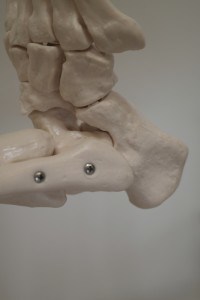Sunken Forefoot / Pes Planus Transversus
Rehabilitation training for the injury
Rehab strength and mobility
You should make sure to exercise the rest of the body so you do not lose your current mobility, stability, and strength. Figure out what kind of training you can do, and work out according to the level you can work at. Exercising the rest of the body accelerates healing of your injury, among other things, since training increases nerve activity and circulation.
Description of the sunken forefoot
Sunken forefoot affects many and most often athletes with tight footwear, pregnant women, people suffering from overweight and women who generally wear high heels. Persistent pressure on the arch of the foot, especially the transverse, will after a while inhibit the foot from falling back into place even when the tight shoes are removed. The same problem can be seen with persistent pressure on the foot due to overweight. As we age and the joints become stiffer, feet that have been under pressure for many years due to tight shoes or overweight experience problems associate with the development of sunken forefoot.
Symptoms of sunken forefoot
- Pain in the foot that feel like walking on needles (possibly because of the corns and calluses).
- Hardness, corns, and calluses under the middle of the cushion.
- Resulting injury in the lower leg, knee, hip and back.
Examination of sunken forefoot
- Analysis / inspection / palpation / move the test.
- Observation of hardness.
Treatment of sunken forefoot
- Shoe inserts to support the transverse arch of the foot.
- Rehab training.
- Sports Taping.
- Foot treatment for hardness, corns, and calluses.


Social Medier